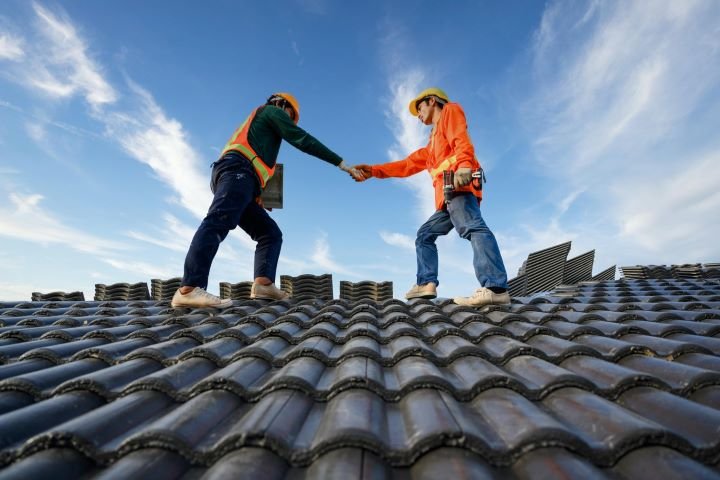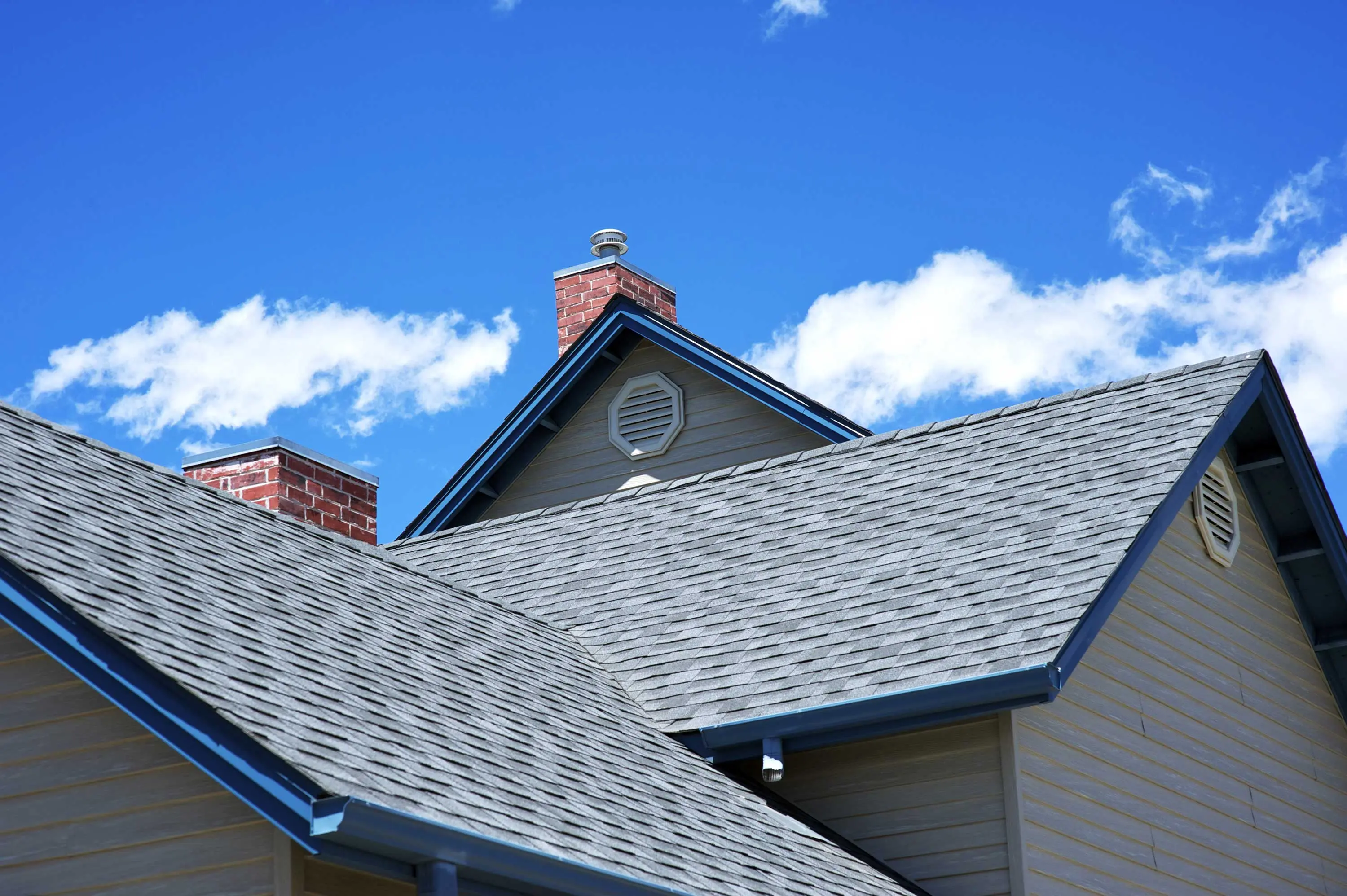A Comprehensive Guide to Effective Roof Flat Roofing Installment
The complexities of level roof covering installation demand a careful technique, starting with a detailed understanding of different level roofing system types and the vital materials required for optimal performance. An effective installation hinges not just on the selection of materials but additionally on the prep work and execution of each action associated with the procedure. As we explore the critical stages from prep work to maintenance, it becomes noticeable that neglecting even small details can dramatically affect the roofing's long life and performance. What certain techniques can make sure a smooth installment that holds up against the examination of time?
Comprehending Apartment Roofing System Kind
When taking into consideration level roofing systems, it is vital to recognize the various types readily available, as each offers distinct advantages and disadvantages tailored to certain demands. One of the most common sorts of level roofs consist of Built-Up Roofing (BUR), Customized Bitumen, and Single-Ply membranes.
Built-Up Roof includes numerous layers of asphalt and crushed rock, offering outstanding longevity and weather condition resistance. It is specifically valuable in locations vulnerable to serious climate condition but might call for more upkeep as a result of its complex building.
Modified Bitumen is a popular selection for its convenience of installment and flexibility. It often uses a self-adhesive or torch-applied method, which can be beneficial for quick fixings and long-term performance. However, its lifespan can be much shorter compared to BUR.
Single-Ply membranes, consisting of Thermoplastic Olefin (TPO) and Ethylene Propylene Diene Monomer (EPDM), are recognized for their light-weight nature and energy performance. These products are commonly favored for industrial structures as a result of their cost-effectiveness and simplicity of installment (Cleveland Roofing Specialists). They may not give the very same degree of insulation as other options.
Each roof covering type requires cautious factor to consider based upon climate, spending plan, and specific project needs.
Vital Materials for Flat Roof
A range of vital products are essential for the effective setup of flat roof covering systems. The option of products directly influences resilience, efficiency, and general effectiveness.
One of the key products is the roof covering membrane layer, which can be created from different substances such as polycarbonate polyolefin (TPO), ethylene propylene diene monomer (EPDM), or PVC. Each type supplies one-of-a-kind benefits, consisting of UV resistance and adaptability, which are vital for extended efficiency.
In addition to the membrane, insulation materials play a substantial duty in energy effectiveness. Inflexible foam boards or polyisocyanurate insulation are preferred choices, as they supply outstanding thermal resistance and wetness monitoring.
Furthermore, roof adhesives and sealants are crucial for ensuring a water tight installation. These products must be suitable with the chosen membrane to stop wear and tear gradually.
Preparing for Installment
Correct preparation is necessary for a successful level roofing system installation, as it lays the foundation for a durable and effective roof covering system. Begin by wikipedia reference performing a complete inspection of the existing roof covering framework.
Following, gather all needed tools and products, ensuring that they fulfill market criteria. This includes water resistant membrane layers, insulation, blinking, and bolts. Familiarize on your own with the manufacturer's specs, as adherence to these standards is important for warranty functions.
In addition, make sure that the workplace is clear of particles and obstructions to promote risk-free and reliable installation. Take into consideration weather; avoid installation during heavy rain or severe temperature levels, which can influence product efficiency. Lastly, educate any passengers of the structure concerning the forthcoming work to ensure safety and minimize interruptions. By taking these primary steps, you can enhance the probability of an effective flat roofing installation that satisfies both structural and aesthetic requirements.
Step-by-Step Setup Refine
With the foundation developed with thorough preparation, the next stage entails performing the level roofing system setup methodically. This step is critical for keeping the roofing's stability over time.
Complying with the vapor obstacle installation, set insulation view website boards, ensuring they fit firmly with each other to lessen thermal linking. Secure the insulation with ideal bolts based on the roof covering type and regional building regulations. Once the insulation remains in area, it's time to apply the roof membrane. Depending on the selected material-- such as TPO, EPDM, or changed asphalts-- mount the membrane layer according to the maker's specs.
Install blinking around boundaries, vents, and any roof infiltrations to improve waterproofing. After installation, perform an extensive examination to recognize any type of prospective concerns before ending the project, ensuring a dependable and robust flat roof system.
Upkeep Tips for Long Life
Routine maintenance is important to guarantee the long life and performance of a level roof. Among the primary tasks is to perform regular evaluations a minimum of twice a year, ideally in springtime and loss. During these examinations, seek indications of wear, such as sores, fractures, or merging water, which can indicate underlying issues.

Making certain appropriate drainage is critical to avoid water buildup. Inspect and clear gutters, downspouts, and scuppers to ensure unblocked water circulation. Furthermore, inspect seals around vents, skylights, and other penetrations for any kind of indicators of degeneration, applying caulk or sealer as required to preserve a watertight barrier.
Lastly, consider specialist maintenance solutions her response every couple of years for detailed assessments and repair services. By sticking to these upkeep tips, you can dramatically extend the life of your flat roof covering, guaranteeing it remains a reliable shield against the components.
Conclusion
Efficient level roofing installment necessitates a methodical technique encompassing thorough inspections, product option, and careful prep work. Adhering to the described steps throughout the installation procedure ensures the appropriate application of roof membrane layers and insulation while boosting waterproofing via efficient flashing installation.
The complexities of flat roof covering installment need a meticulous technique, starting with a thorough understanding of numerous level roofing system types and the essential materials required for optimal performance.Proper prep work is necessary for an effective flat roofing installation, as it lays the groundwork for a efficient and long lasting roofing system. After setup, perform a comprehensive examination to identify any possible problems prior to wrapping up the project, ensuring a trusted and robust flat roofing system.
